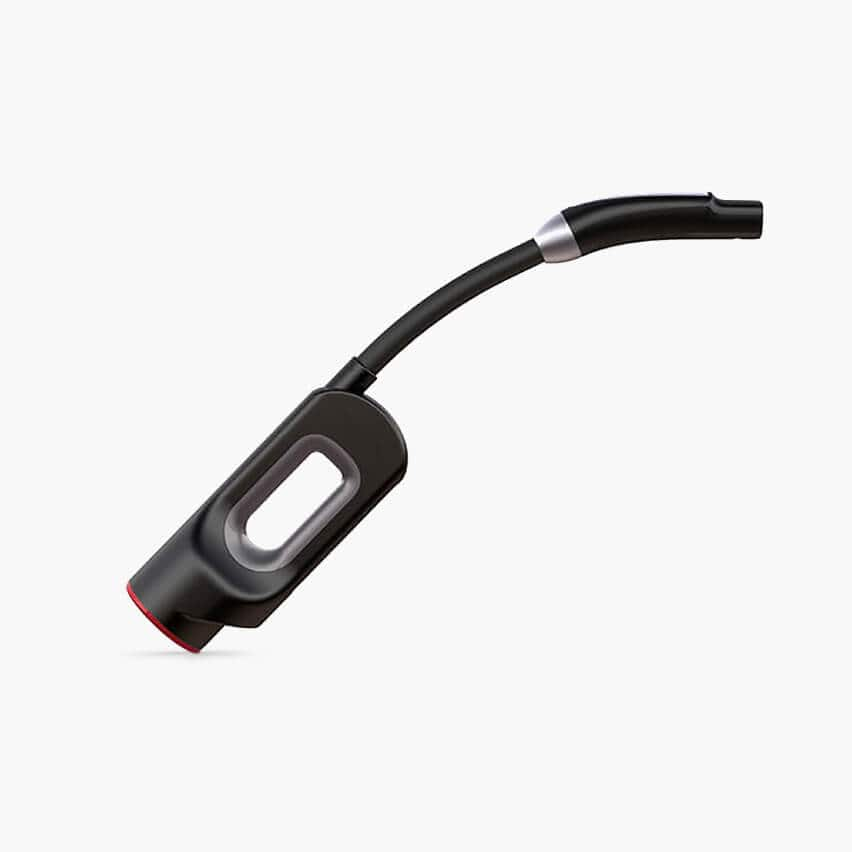carlos31820
Member
For some reason, I've found that my EA attempts fail unless I do things in this order...
Before plugging in, initiate a charge on the EA app by looking up the stall, etc. Once I do that, the EA stall will prompt me to plug into car and that seems to work fine.
Whenever I plug in first and try it, 9 out of 10 times things time out and the car fails to charge and the EA stall gets stuck in a "In use" state in the app so I have to move stalls.
Before plugging in, initiate a charge on the EA app by looking up the stall, etc. Once I do that, the EA stall will prompt me to plug into car and that seems to work fine.
Whenever I plug in first and try it, 9 out of 10 times things time out and the car fails to charge and the EA stall gets stuck in a "In use" state in the app so I have to move stalls.



